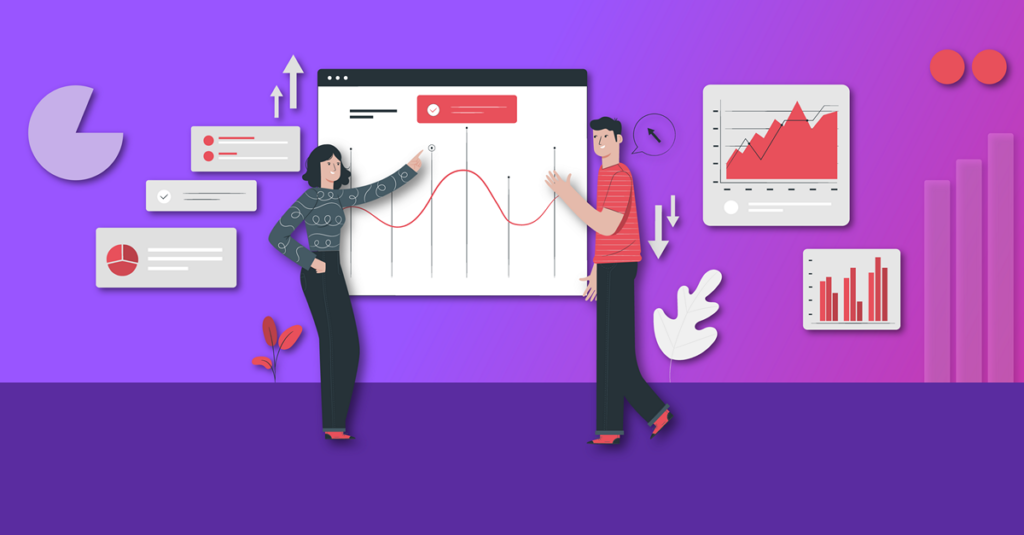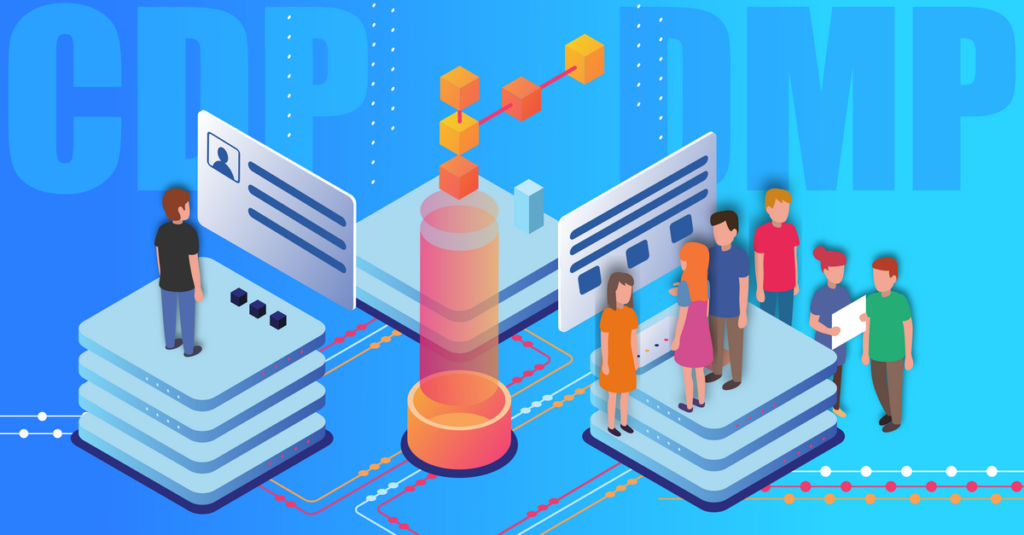Change Management Strategies for a Successful CDP Initiative
March 23, 2020According to research from McKinsey, almost 50% of digital transformation initiatives fail to achieve their expected value, with only 10% exceeding expectations. If you’re planning to leverage a CDP to help transform your company into a customer-centric organization, then your initiative is no exception to this somewhat daunting statistic.
People and Process are Critical to CDP Success
Fortunately, there’s an almost surefire way to beat these odds. At ActionIQ, we developed and deliver one of the industry’s leading CDPs. But curiously enough, the solution to this challenge doesn’t lie in technology. Rather, it’s dependent on people and process.
Based on our experience in helping deliver CDP-centric transformations at some of the largest and most respected brands in the world (like Michael Kors, The New York Times, Pandora, Saks Fifth Ave, Verizon and more), we’ve learned that the most successful CDP initiatives always lay out a strong change management plan at the outset.
“In fact,” says James Meyers of ActionIQ, who previously served as an analyst and CDP advisor at a leading international research firm, “the vast majority of inquiries I received over the years were from executives who were far more concerned about change than they were about technology.”
(Read more about James’s experiences advising senior executives about customer centricity and CDPs in his blog post Why Your CDP Vendor Must Bring Change Management Expertise.)
The Importance of a Change Management Plan
Why is a change management plan so important? Put simply: changing people’s behavior is difficult. You can run a flawless, buttoned up project to swap out old martech and bring in new systems, but if users don’t adopt the new systems, your project is a failure. And, getting people to adopt new CDP technology is about much more than simply training them to use it.
Here’s why. Your CDP puts your customer at the center of everything you do. It takes today’s multi-step, multi-department processes (like determining which audiences merit prioritization for various campaigns) and enables marketers to operate with100% self-service. It breaks data silos. But for companies and teams that are still organizationally siloed and focused only on traditional metrics – say, aligned around a channel and measured purely by its P&L – customer-centricity is a foreign concept. They don’t have the right org structures, goals, incentives and skill sets in place to realign around the customer. So they fail to maximize the benefit of using the CDP.
“Reflecting on my 20+ years in the field of customer analytics, I’ve come to the realization that one of my biggest challenges has always been getting my business counterparts in the organization to look at a customer holistically,” says Tamara Gruzbarg, head of ActionIQ’s change management practice. “Very few are ready to accept the fact that the customer couldn’t care less who owns the P&L, or whether she is considered a ‘store customer’ or an ‘online customer.’ She wants an experience that makes sense for her. And if it doesn’t, she will leave.”
(Get more organizational change insights from Tamara in her blog post CDP Change Management: Change Comes from Within.)
Setting Up Your CDP Transformation for Success
Without a well-constructed change management plan – backed by the full support of your company’s top executives – the inertia of the status quo will win. Users will stick to the old systems and processes, and your customer-centric vision will remain unrealized.
So what goes into a well-constructed change management plan? It starts with the realization that people and processes require equal weight to technology when designing your transformation.
“In the early days of ActionIQ, our most forward-thinking clients began to ask us for help with change management,” says ActionIQ’s Ryan Greene. “Back then, we assisted in more of an organic ‘roll up your sleeves and get it done’ kind of way. But over the years we’ve developed repeatable best practices that are now a standard part of ensuring the success of every client implementation.”
(Read more about the best practices that make up ActionIQ’s change management approach in Ryan Greene’s blog post Planning for CDP Change Management: A Proven Approach.)
Here are three foundational change management elements that will get your CDP initiative started off on the right foot:
- Executive sponsorship – Identify the goals and use cases most important to your company, and then get key executives on board as sponsors.
- Cross-functional alignment – Gather input on challenges and requirements from all stakeholders from all relevant departments, and co-opt them as partners in achieving your goals.
- Governance and accountability – Set up the task force that will drive your transformation; establish accountability; document the jobs to be done as well as the governance and reporting frameworks.
Lean on Experts for CDP Change Management Guidance
Of course, this is a very high-level framework. Mapping these practices to your specific organization takes thoughtful planning, diligent execution and a lot of hard work. Just like you lean on partners to provide and implement technology, you can also lean on partners to help with the people and process aspects of your CDP initiative.
When looking for a partner, you should only trust people who have deep experience as marketing, analytics and data practitioners, who have a track record of implementing organizational change, and who can help you mitigate risks before you encounter them.
Digging Deeper
If you’re interested in more detailed change management frameworks, including:
- How to align your project to goals and desired outcomes
- Identifying where you are in the customer centric org maturity model
- Defining tasks and roles for before, during and after your implementation
then be sure to download our CDP Change Management Best Practices ebook now.
Have any change management war stories, or just want to get in touch? I’d love to hear from you. Contact me at rg@actioniq.com.


